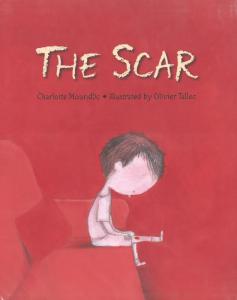https://www.youtube.com/embed/H3eSwkSSNAU 
In an interview at Singularity University’s Exponential Medicine in San Diego, Richard Wender, chief cancer control officer at the American Cancer Society, discussed how technology has changed cancer care and treatment in recent years.
Just a few years ago, microscopes were the primary tool used in cancer diagnoses, but we’ve come a long way since.
“We still look at a microscope, we still look at what organ the cancer started in,” Wender said. “But increasingly we’re looking at the molecular signature. It’s not just the genomics, and it’s not just the genes. It’s also the cellular environment around that cancer. We’re now targeting our therapies to the mutations that are found in that particular cancer.”
Cancer treatments in the past have been largely reactionary, but they don’t need to be. Most cancer is genetic, which means that treatment can be preventative. This is one reason why newer cancer treatment techniques are searching for actionable targets in the specific gene before the cancer develops.
When asked how artificial intelligence and machine learning technologies are reshaping clinical trials, Wender acknowledged that how clinical trials have been run in the past won’t work moving forward.
“Our traditional ways of learning about cancer were by finding a particular cancer type and conducting a long clinical trial that took a number of years enrolling patients from around the country. That is not how we’re going to learn to treat individual patients in the future.”
Instead, Wender emphasized the need for gathering as much data as possible, and from as many individual patients as possible. This data should encompass clinical, pathological, and molecular data and should be gathered from a patient all the way through their final outcome. “Literally every person becomes a clinical trial of one,” Wender said.
For the best cancer treatment and diagnostics, Wender says the answer is to make the process collaborative by pulling in resources from organizations and companies that are both established and emerging.
It’s no surprise to hear that the best solutions come from pairing together uncommon partners to innovate.
Image Credit: jovan vitanovski / Shutterstock.com
from Singularity Hub http://ift.tt/2EwWW79
Advertisements Compártelo:





